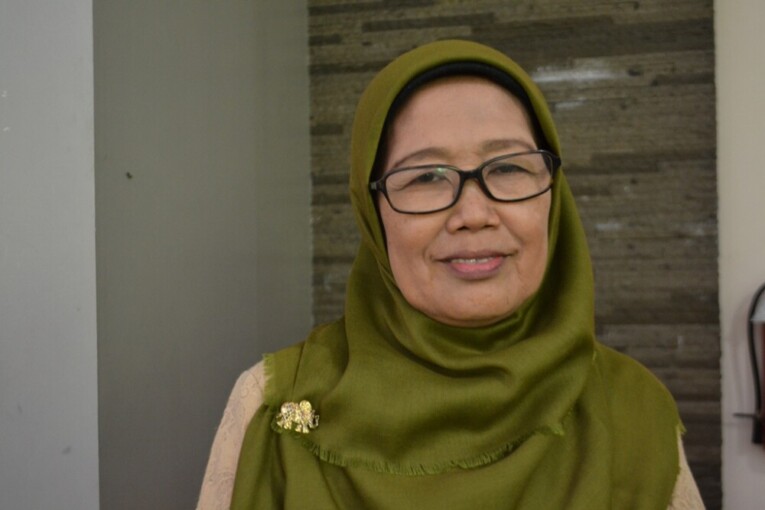
Pekalongan has long been known as a batik centre since the 19th century. Around the year 2000 even up to 70 percent of batik supplies in Indonesia came from Pekalongan. Batik business there has big contributions to people welfare, job opportunities, and unemployement reduction.
Historian from Diponegoro University in Semarang, Central Java, Dra. Chusnul Hayati, MS., said the batik business in Pekalongan has stood the test of time due to the socio-cultural capitals that are productive in society. The social capitals include economic creativity and innovation, supported by technology and artistry. The people of Pekalongan, said Chusnul, had open and adaptable natures that encourage them to easily adopt external influence in terms of motifs and colours.’The adaptable nature has opened way for cooperation and marketing with neighbouring countries, taking the Pekalongan batik to go international,” said Chusnul during her open doctoral exam at Faculty of Cultural Sciences UGM on Tuesday (12/1).
Chusnul’s research in batik development in Pekalongan from 1950s to 2000 showed that the process of socialisation and regeneration was effective among families to sustain batik as family business. “Family is a social and economic unit that transforms technical and management skills in order to meet family economic demands,” she said.
Despite the fact, batik in Pekalongan has seen highs and lows. In 1975 batik business slumped down. There was a sharp decrease from 1300 units of batik industries to 257 units due to the rise in batik motif textiles from Jakarta. But in 1980s, batik industry in Pekalongan made innovation in terms of technical production, which was making handmade batik using silk that eventually penetrated the international market. “The silk batik is able to rejuvenate the traditional batik,” she said.
Pekalongan’s batik saw another rise with the emergence of young businessmen and women as well as the increase role of batik museums as batik cultural centre and batik cultural transformation and the developments in promotional and marketing strategies.
According to Chusnul, the batik business in Pekalongan might endure until the next generation due to the inheritance pattern passed on from parents to one of the children or more. Batik regeneration has also been successful, added with family and social factors. ”Transformation and regeneration are one of the social capitals in sustaining the batik business,” she concluded.

